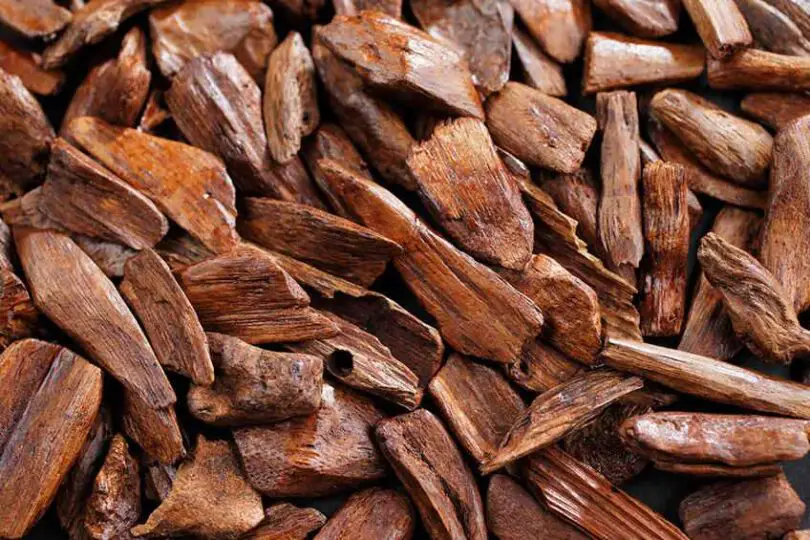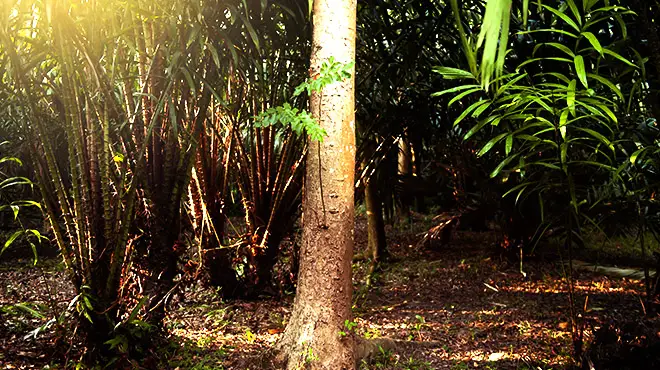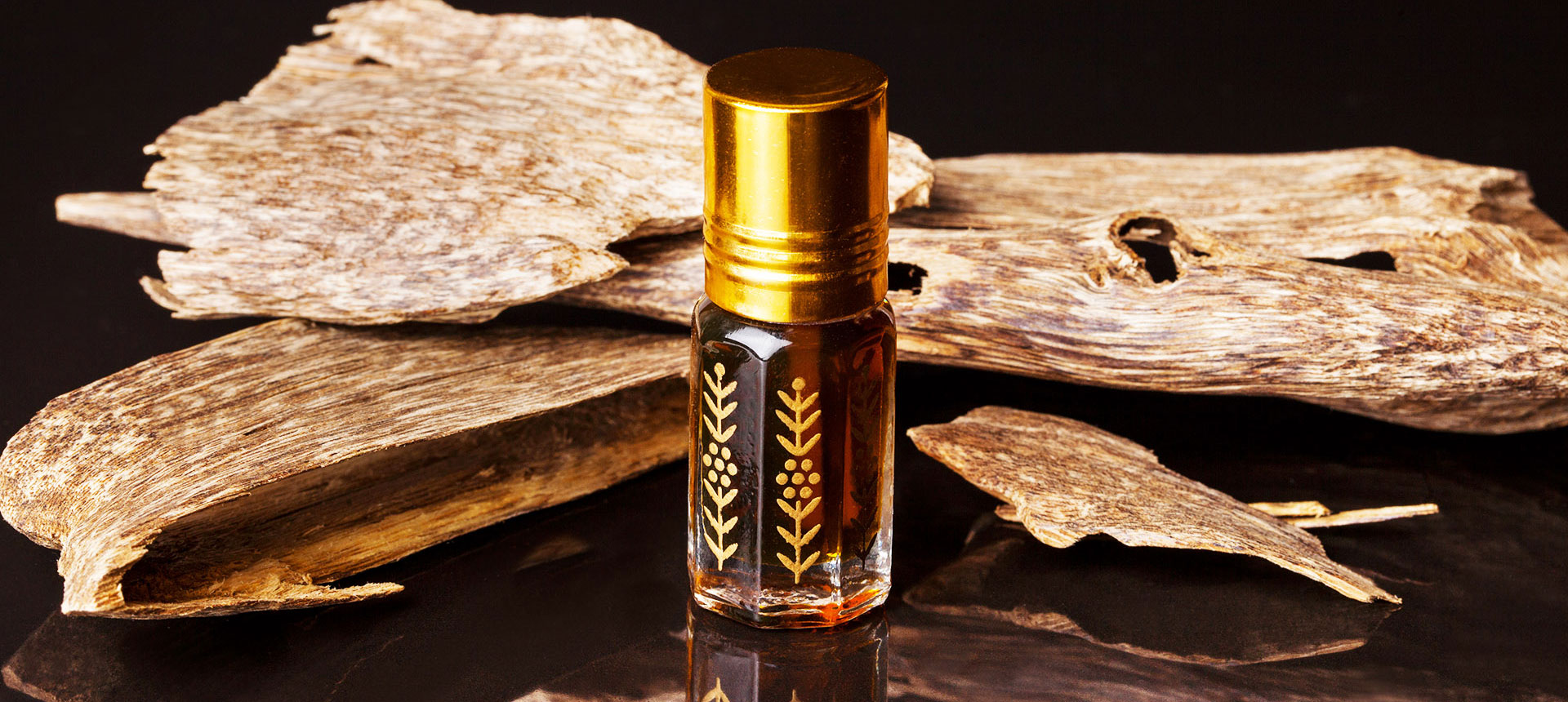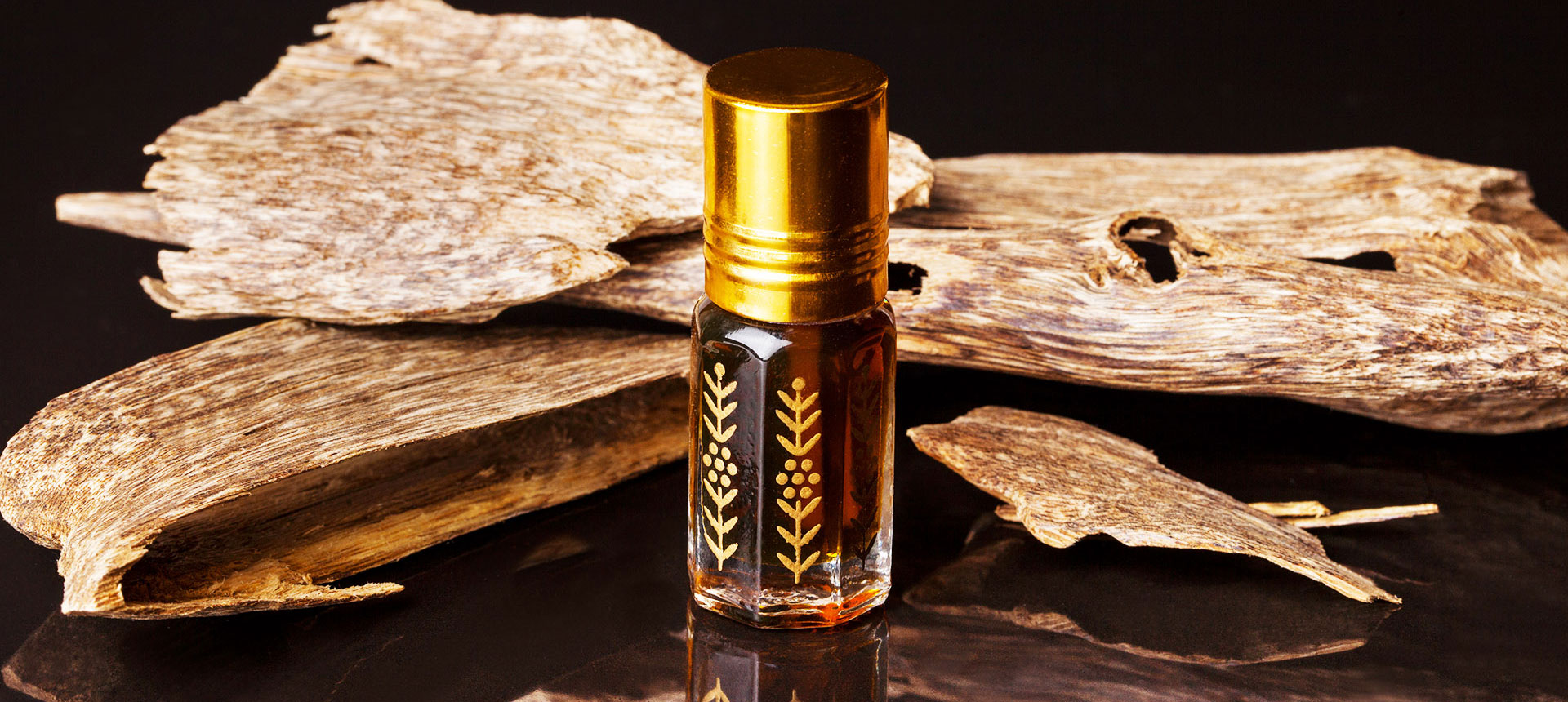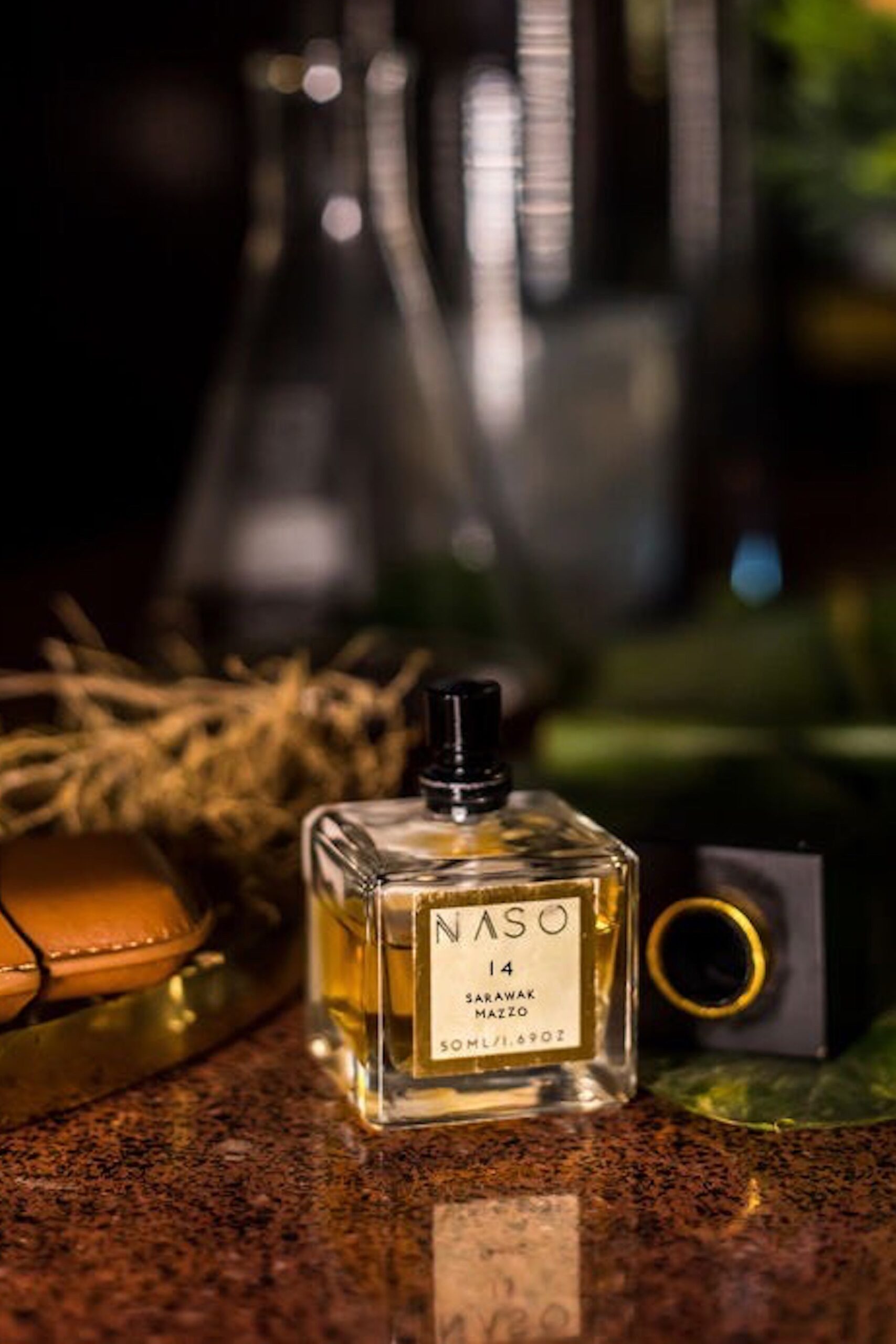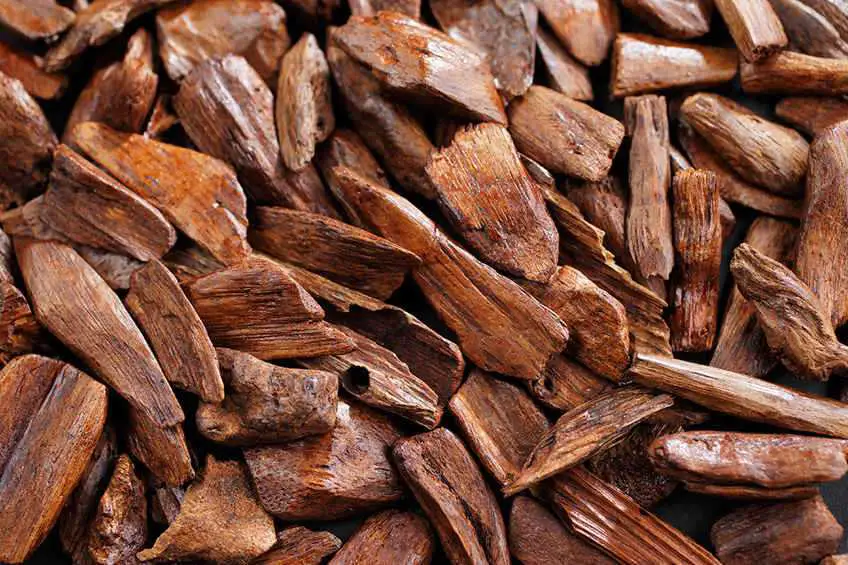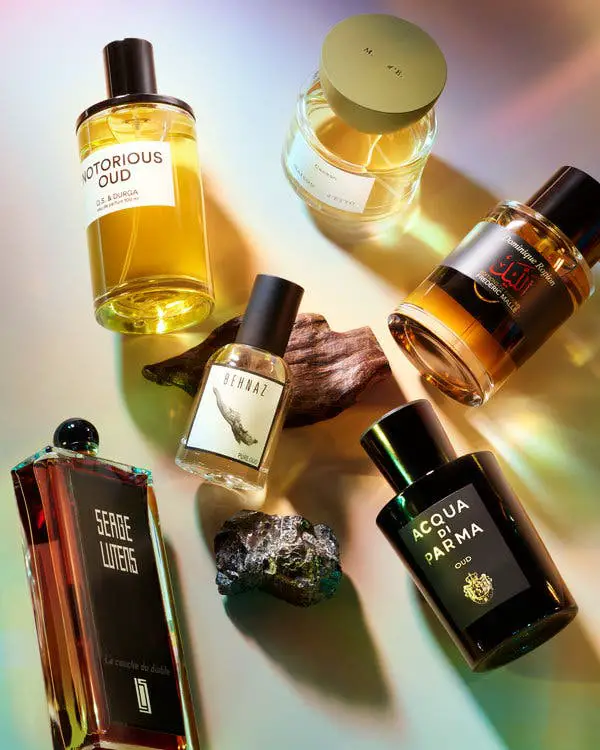Oud is made from the resinous wood of the Aquilaria tree, found in Southeast Asia. Oud, also known as agarwood, is a highly prized aromatic resinous wood derived from the heartwood of the Aquilaria tree.
This tree, native to Southeast Asia, produces the resin as a response to an infection by a specific type of mold. As the mold penetrates the core of the tree, it triggers a natural defense mechanism that results in the formation of resin and darkens the wood.
The resin-infused heartwood is then harvested and processed to extract the valuable oud oil or used directly in various forms for its distinctive fragrance. With a rich, complex, and woody aroma, oud is widely used in perfumery and incense production, revered for its luxurious scent and cultural significance.
The History And Origins Of Oud
Oud, also known as agarwood, has a rich history and fascinating origins. Ancient cultures across the globe have utilized this prized wood in various ways. From Egypt to China, oud has played a significant role in religious ceremonies, perfumery, and traditional medicine.
The extraction process involves the heartwood of specific Aquilaria tree species being infected by a fungus, triggering the formation of resinous compounds that give oud its distinct aroma. This process, known as “oudh formation,” can take several decades, making oud one of the rarest and most valuable natural substances in the world.
Today, oud continues to be highly sought after for its unique fragrance and cultural significance. Its earthy, woody scent is considered luxurious and is often used in high-end perfumes and incense. Understanding the history and origins of oud adds a layer of appreciation for this ancient treasure.
The Chemical Composition Of Oud
Oud, also known as agarwood, is composed of a unique combination of chemical compounds that give it its distinct fragrance. These compounds include highly complex aromatic molecules, such as sesquiterpenes and phenolic compounds. Additionally, oud contains various types of essential oils, resins, and resinous substances.
These components are responsible for its rich, earthy, and woody scent, with hints of sweetness and spiciness. The specific chemicals found in oud may vary depending on the type of tree, the geographical location, and the extraction method used. Despite these variations, oud consistently possesses a captivating aroma that has made it highly sought after in the fragrance industry.
Whether used in perfumes, incense, or as an essential oil, oud continues to captivate the senses with its complex and alluring scent.
The Different Types Of Oud
Oud is a prized fragrance ingredient derived from the resinous wood of the Aquilaria tree. It is coveted for its unique and captivating scent that has been used in perfumes and incense for centuries. The type of oud can vary depending on the region and species of the tree it is extracted from.
Factors like climate, soil composition, and extraction methods also impact the character and quality of oud. In Southeast Asia, for example, oud is commonly sourced from Aquilaria malaccensis and has a deep, smoky aroma. In the Middle East, Aquilaria agallocha is often used, resulting in a more delicate and sweet fragrance.
Whether it’s the earthy notes of Indonesian oud or the floral hints of Cambodian oud, each variation of oud offers a unique olfactory experience.
Oud From Agarwood Trees
Oud, also known as agarwood, is derived from the rare and precious agarwood trees. These trees are highly valued for their unique characteristics and play a significant role in the production of Oud. Understanding the properties of the agarwood tree is essential to comprehend the quality and scent of Oud.
The tree’s specific traits, such as its age, species, and the presence of resinous heartwood, greatly influence the final product. As the tree matures, it develops a dense, dark heartwood that releases a rich, deep aroma. The older the tree, the higher the quality and potency of the Oud produced.
Additionally, the region in which the trees grow can affect their fragrance profiles. Each tree presents a distinct composition, resulting in a variety of Oud scents. Exploring the agarwood tree’s unique characteristics allows us to appreciate the intricacies behind the creation of this coveted fragrance.
Oud From Animal Sources
Derived from animals like muskrats and beavers, Oud sourced from animal sources has sparked controversy and raised ethical concerns. The use of animal-derived Oud in the perfume industry is a subject of debate due to the potential harm it may cause to wildlife populations and ecosystems.
Critics argue that harvesting Oud from these animals disrupts their natural habitats and threatens their survival. Additionally, the trapping and killing of animals for the sole purpose of extracting Oud raises questions about animal cruelty and the ethical implications of using their secretions for luxury products.
Alternatives to animal-derived Oud, such as synthetic versions, provide a more sustainable and ethical option for those interested in experiencing the unique fragrance. Nonetheless, the debate continues as consumers navigate the complexities of the Oud industry and the consequences of their choices.
The Art Of Extracting Oud
Oud, a highly valued fragrance ingredient, is extracted through both traditional and modern methods. Traditional techniques involve the manual extraction of fragrant resin from the agarwood tree. This process requires meticulous skills and patience. On the other hand, modern extraction techniques employ advanced equipment and technology to extract the essence of oud.
These methods have revolutionized the industry, enabling mass production and meeting the growing demand. However, it is also important to consider the impact on sustainability and ethical sourcing. As the popularity of oud continues to rise, it is crucial to strike a balance between traditional approaches and modern technology to ensure the preservation of this precious resource.
The Scent Profile Of Oud
Oud, also known as agarwood, is derived from the resinous heartwood of certain trees. With a complex and captivating scent profile, oud is highly revered in the world of perfumery. There is a wide range of unique aromas associated with oud, including woody, smoky, musky, and floral notes.
What makes oud truly fascinating is how its scent evolves over time. Initially, oud is often described as intense and potent, with a powerful woody aroma. However, as it ages, the scent becomes richer and more refined, developing deeper layers of complexity.
The aging process can take years, resulting in a highly sought-after fragrance that is unmatched in its depth and sophistication. Oud’s ability to transform over time is what sets it apart and makes it highly prized by fragrance enthusiasts.
Factors Affecting Oud’s Quality
The quality of Oud is determined by several key factors, including age, storage conditions, and processing methods. The age of the Oud plays a crucial role in its aroma and potency. Proper storage is also essential to maintain its quality over time.
Factors such as temperature, humidity, and exposure to light can significantly affect the final product. Additionally, the methods used to process Oud, such as steam distillation or solvent extraction, can impact its fragrance profile. Identifying these key indicators of high-quality Oud is crucial for both consumers and sellers alike.
By understanding the significance of age, storage, and processing methods, one can make informed decisions when purchasing or using Oud for various purposes.
Common Uses Of Oud
Oud, also known as agarwood, is derived from the resinous wood of certain tropical trees. Traditionally, oud has been highly valued for its aromatic properties and has been used in various cultural and religious ceremonies. In addition to its traditional uses, oud is now widely utilized in the modern perfume and fragrance industry.
The distinct and captivating scent of oud adds depth and richness to perfumes, colognes, and other fragrances. Its unique aroma has made it a sought-after ingredient among perfume enthusiasts and connoisseurs. Oud blends well with a wide range of other scents, enhancing their complexity and longevity.
Its warm and woody notes create a sense of luxury and elegance, making it a popular choice in the creation of high-end fragrances. With its rich history and versatile applications, oud continues to be cherished and celebrated in both traditional and contemporary contexts.
The Rising Popularity Of Oud
The popularity of Oud, a fragrant resin derived from the Aquilaria tree, has been steadily rising around the world. With its distinct aroma and cultural significance, demand for Oud has soared in recent years. This surge in popularity, however, has had adverse effects on the environment and conservation efforts.
The overharvesting of Aquilaria trees has led to deforestation and the loss of precious biodiversity. To address this issue, many countries and organizations are implementing sustainable practices and regulations to protect the Aquilaria tree and ensure its long-term survival. As consumers become more aware of the environmental impact of Oud production, there is a growing demand for ethically sourced and sustainably harvested Oud.
This shift towards responsible practices not only safeguards the environment but also supports local communities and ensures the availability of Oud for future generations.
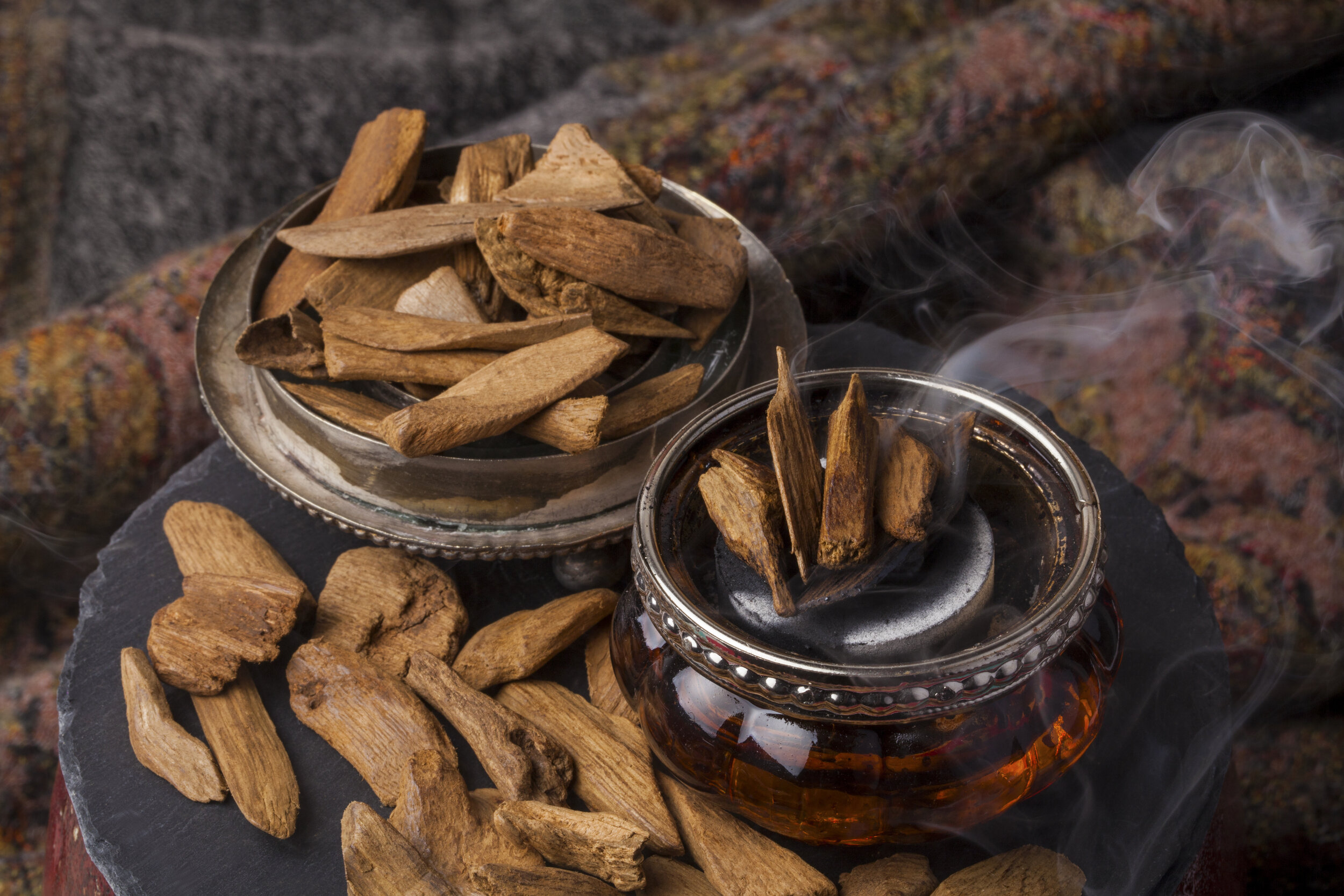
Credit: www.schoolofscent.com
Frequently Asked Questions
What Is The Scent Of Oud?
Oud scent is a unique and complex fragrance known for its rich, woody, and smoky aroma.
Why Is Oud So Expensive?
Oud is expensive due to its rarity and time-consuming production process.
Why Do Muslims Use Oud?
Muslims use oud for its deep cultural, and historical significance and its captivating scent in religious ceremonies and personal use.
What Is The Source Of Oud?
Oud comes from the Agarwood tree, specifically the heartwood, which is known for its rich and unique fragrance.
Conclusion
The incredible fragrance of Oud has captivated people for centuries, and this blog post has provided valuable insights into the mystical origins and composition of this precious substance. Oud is derived from the Aquilaria tree, which undergoes a transformation when infected by a specific type of mold.
This process triggers the release of resin, which eventually hardens to form Oud. The unique blend of aromatic compounds in Oud creates its rich and exotic scent that is highly sought-after in the perfume industry. Its distinct characteristics make it a prized ingredient in luxury fragrances.
As we’ve discovered, Oud is not just a delightful fragrance, but the result of a fascinating natural process rooted in traditional practices. Whether you are a perfumer or simply an admirer of fragrances, understanding the origins and composition of Oud adds a layer of appreciation and intrigue, elevating your olfactory experience.
So, indulge in the enigmatic allure of Oud, and allow its captivating scent to transport you to far-off lands.

